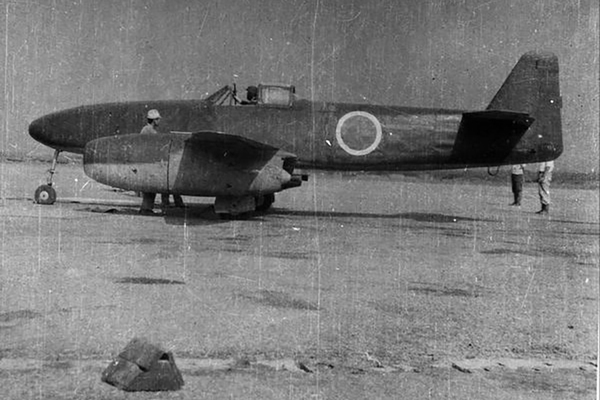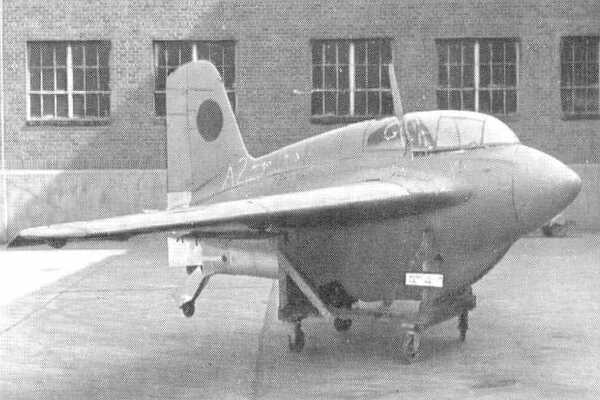

Welcome to Japanese Jets and Rocket
The Nakajima Kikka and Mitsubishi J8M Shusui: Japan’s Rocket and Jet Innovations
During the closing stages of World War II, Japan explored cutting-edge technology to counter Allied air superiority. Among these efforts were the Nakajima Kikka, Japan's first jet-powered aircraft, and the Mitsubishi J8M Shusui, a rocket-powered interceptor inspired by the German Me 163 Komet. These groundbreaking designs highlighted Japan’s determination to embrace new technologies despite immense wartime challenges.
The Nakajima Kikka: Japan’s Jet-Powered Pioneer
The Nakajima Kikka, meaning "Orange Blossom," was Japan's first jet-powered aircraft, developed in response to the growing dominance of Allied bombers and fighters. Inspired by the German Messerschmitt Me 262, the Kikka featured twin jet engines and a streamlined fuselage designed for speed and efficiency.
Development of the Kikka began in 1944, and the aircraft first flew in August 1945. Unlike the Me 262, the Kikka was smaller and intended for easier mass production. Its modest size allowed for shorter runways, making it more adaptable to Japan's limited resources. The Kikka's initial test flight was successful, but the war ended before it could enter operational service. Despite its brief history, the Kikka remains a symbol of Japan’s ambition to compete in the rapidly evolving field of jet aviation.
The Mitsubishi J8M Shusui: Rocketing into the Future
The Mitsubishi J8M Shusui, or "Autumn Water," was a rocket-powered interceptor designed to defend Japan against high-altitude Allied bombers such as the Boeing B-29 Superfortress. Modeled after the German Messerschmitt Me 163 Komet, the Shusui was developed through a combination of imported technology and domestic engineering.
Powered by a Toku Ro.2 rocket engine, the Shusui could climb to 10,000 meters in just a few minutes, making it an ideal platform for intercepting bombers. However, the aircraft's extremely short flight time, limited to a few minutes due to its rocket engine, and a high level of piloting skill required, made it a challenging aircraft to operate. The first prototype flight ended in a crash due to engine failure, and the program faced significant delays. Like the Kikka, the Shusui never saw operational service, but it remains a testament to Japan's pursuit of innovative defense technologies in the face of adversity.
The Legacy of Japan’s Advanced Interceptors
The Nakajima Kikka and Mitsubishi J8M Shusui reflect Japan’s willingness to adopt bold, unproven technologies during World War II. These aircraft were developed in response to a dire strategic situation, representing a shift from traditional piston-engine designs to the revolutionary world of jets and rockets.
Although neither aircraft was fielded in combat, their development provides valuable insight into the rapid technological advancements of the time and the global race to master new forms of aerial warfare. The Kikka and Shusui remain important milestones in the history of Japanese aviation, illustrating the ingenuity and determination of their designers in the face of immense challenges.
These rocket and jet-powered interceptors remind us of the significant leap forward in aeronautical engineering during World War II. Whether as prototypes or symbols of innovation, the Kikka and Shusui stand as enduring examples of Japan’s efforts to redefine the possibilities of aerial combat.